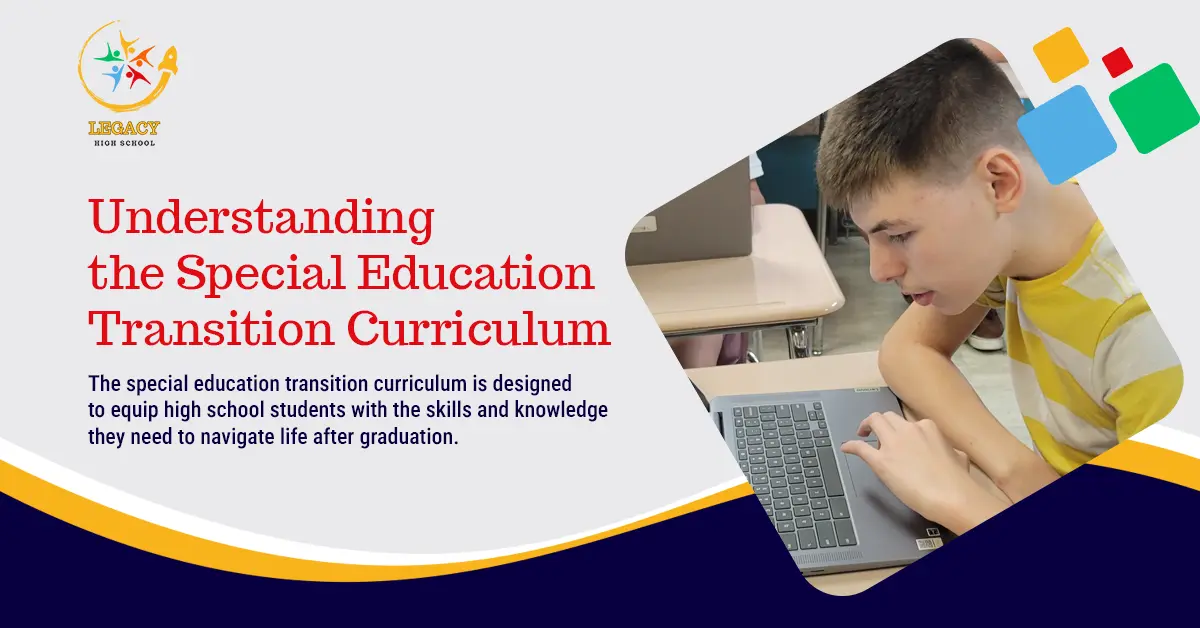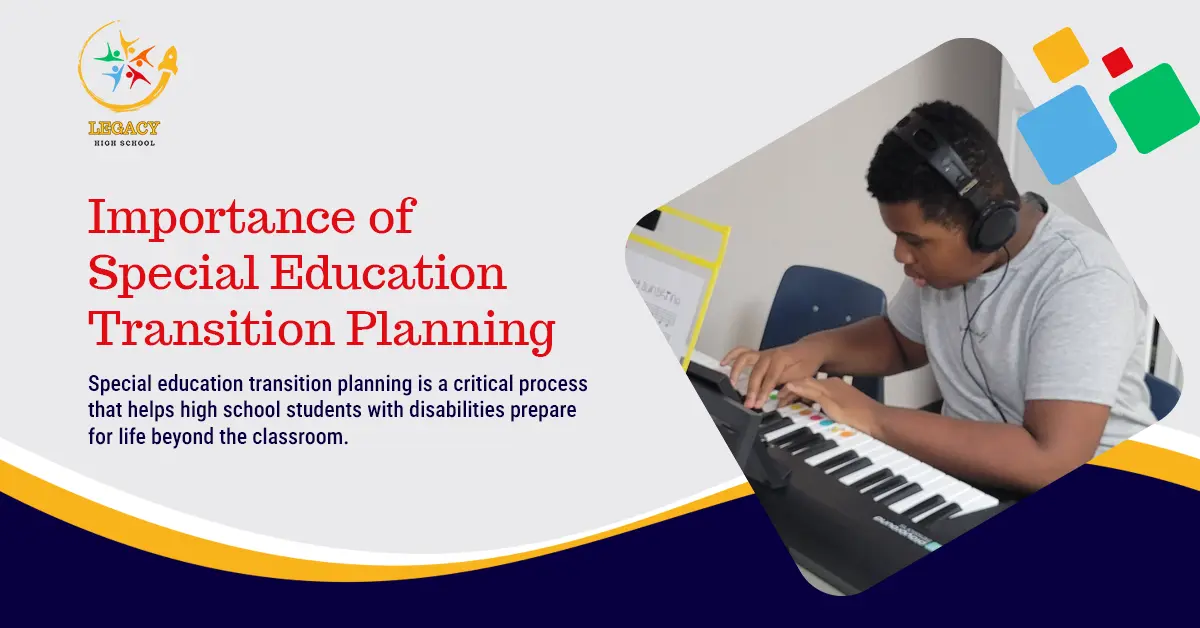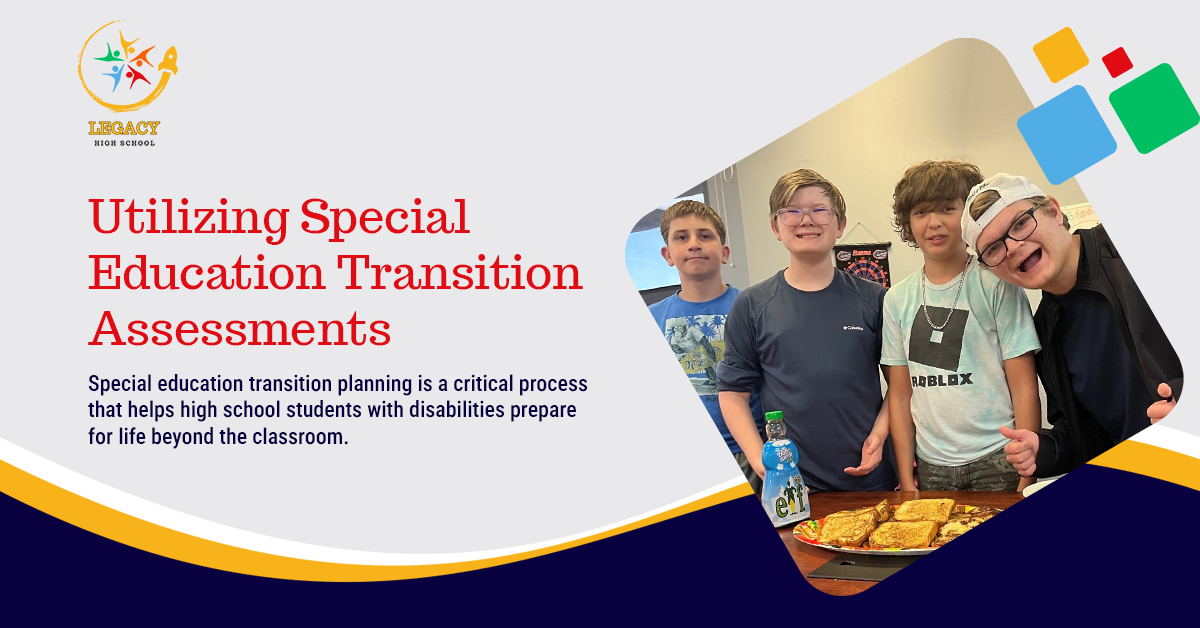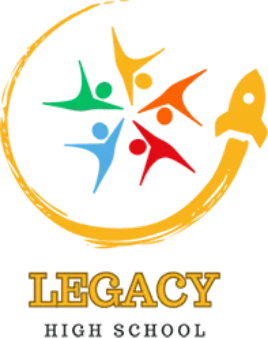Special education transition programs help high schoolers prepare for life beyond the classroom by focusing on career exploration and real-world experiences. These programs allow students to discover different industries, build job skills, and identify their interests.
Students gain confidence and practical knowledge through hands-on activities like internships and job shadowing. This guidance helps them choose a career path and empowers them to achieve long-term success and independence as they transition into adulthood.
Understanding the Special Education Transition Curriculum

The special education transition curriculum is designed to equip high school students with the skills and knowledge they need to navigate life after graduation. Covering areas such as life skills, career readiness, and academic support, this curriculum ensures students are well-prepared for post-secondary education, employment, and independent living. Let’s break down the core components that make up this comprehensive program.
Key Components of the Curriculum
Life Skills Development
The curriculum emphasizes practical skills necessary for everyday living, such as:
- Budgeting and Money Management: Understanding how to handle finances, create budgets, and make informed purchasing decisions.
- Personal Care and Hygiene: Teaching routines and habits that promote health and well-being.
- Household Management: Tasks such as meal preparation, grocery shopping, cooking, and maintaining a living space.
- Transportation and Safety: Navigating public transport, understanding road safety, and learning to travel independently.
Career Readiness and Vocational Training
Career exploration is vital to the transition curriculum, helping students identify their interests and build job skills. Career readiness activities include:
- Job Shadowing and Internships: Experiencing various work environments and job roles to gain insight into different career paths.
- Workplace Skills Training: Developing professional communication, teamwork, and problem-solving skills.
- Resume and Interview Preparation: Learning to create a strong resume and practicing interview techniques to enhance employment prospects.
Academic Support and Adaptations
Ensuring students continue to grow academically is crucial. The curriculum offers:
- Customized Coursework: Adapting lessons to suit individual learning styles and capabilities.
- One-on-One Support: Providing additional help in subjects where students may struggle to meet graduation requirements.
- Dual Enrollment Options: Students take college courses for credit while completing high school.
Experiential Learning Opportunities
Experiential learning is a core element of the special education transition curriculum. Students can apply their academic knowledge and life skills in real-world scenarios through:
- Community-Based Instruction: Field trips, volunteer work, and community projects that teach practical skills in real settings.
- Career Days and Workshops: Sessions where students can learn from industry professionals about different careers and vocational paths.
Collaboration with Community Partners
Strong transition programs collaborate with local businesses and organizations to provide students with various learning experiences. This collaboration often includes:
- Internships and Apprenticeships: Offering hands-on training in various fields, from culinary arts to technology.
- Job Coaching and Mentoring Programs: Connecting students with mentors who provide guidance, support, and encouragement as they explore their career interests.
The special education transition curriculum is a well-rounded program that helps students gain academic and career skills and prepares them for a smooth transition into adulthood. Focusing on these key areas ensures that each student receives the unique support they need to thrive inside and outside the classroom.
Importance of Special Education Transition Planning
Special education transition planning is a critical process that helps high school students with disabilities prepare for life beyond the classroom. Transition planning is typically introduced in a student’s Individualized Education Program (IEP) by age 14-16, depending on state regulations, and continues through graduation. The purpose is to create a clear roadmap that guides students toward achieving their post-secondary goals, whether that involves further education, employment, or independent living.
Setting Individualized Goals
Transition planning begins with setting individualized goals based on each student’s strengths, interests, and aspirations. This collaborative process involves input from students, parents, teachers, and other support professionals. Goals may include:
- Academic Goals: Completing coursework necessary for graduation or enrolling in dual credit programs.
- Career Goals: Exploring potential job paths, gaining work experience, or acquiring vocational skills.
- Life Skills Goals: Developing self-care, financial literacy, and decision-making skills to promote independence.
By establishing clear goals, transition planning provides a structured path for students as they progress through high school and beyond.
Building a Comprehensive Transition Plan
The transition plan is a detailed document outlining the steps needed to achieve the student’s goals. It addresses several key areas, including:
- Educational Support: Adaptations to coursework, tutoring, or enrollment in specialized programs.
- Career Development: Opportunities for job shadowing, internships, or work-based learning experiences.
- Independent Living Skills: Training in essential budgeting, time management, and transportation skills.
- Support Services: Access to counseling, speech therapy, or other services necessary for personal development.
Each plan component is regularly reviewed and updated to reflect the student’s evolving needs and progress, ensuring the plan remains relevant and practical.
Involving the Student in the Planning Process
One of the most significant aspects of transition planning is involving the student in the decision-making process. Encouraging students to express their preferences, explore their interests, and set goals fosters self-advocacy and self-determination. These skills are vital for students as they move into adulthood, allowing them to take ownership of their future.
Ensuring a Smooth Transition
Special education transition planning minimizes the uncertainty that students with disabilities may face as they leave the structured environment of high school. By providing a clear, step-by-step plan, students are better prepared to take on the challenges and opportunities of adulthood. This process supports their immediate transition and sets the foundation for long-term academic, professional, and personal success.
Utilizing Special Education Transition Assessments
Special education transition assessments are essential tools used to evaluate a student’s strengths, interests, preferences, and skills, all of which inform the development of an individualized transition plan. These assessments provide a comprehensive view of a student’s abilities and needs, helping educators and families create targeted goals and strategies to support the student’s transition to adulthood.
Types of Transition Assessments
Several types of transition assessments serve a unique purpose in evaluating different aspects of a student’s development. These assessments generally fall into two categories:
Formal Assessments
- Standardized Tests: Evaluate academic skills, cognitive abilities, and vocational aptitudes.
- Interest Inventories: Measure career interests, personal preferences, and potential job fields.
- Behavioral Assessments: Analyze social interactions, emotional regulation, and adaptive behaviors to determine areas needing further support.
Informal Assessments
- Interviews and Questionnaires: Gather insights from students, parents, and teachers regarding the student’s strengths, challenges, and long-term goals.
- Observations: Monitor how the student navigates everyday activities and social interactions to identify additional needs.
- Portfolio Assessments: Include work samples, project-based evaluations, and progress tracking to provide a holistic view of a student’s abilities.
Formal and informal assessments detail the student’s capabilities, forming the foundation for effective transition plans.
How Assessments Inform Transition Planning
The data collected from transition assessments is crucial in designing individualized plans aligning with the student’s goals and aspirations. Here’s how assessments contribute to a successful transition planning process:
- Identifying Strengths and Needs: Assessments highlight areas where students excel and areas that may need targeted intervention or support. This helps educators focus on building existing skills while addressing any challenges that may impact future success.
- Career and Educational Planning: Assessments that gauge vocational interests and aptitudes guide decisions regarding potential career paths, post-secondary education options, or vocational training programs.
- Setting Measurable Goals: Assessment results provide a baseline for educators and families to set specific, measurable, and realistic goals for the student’s transition plan. These goals support academic progress, career development, and independent living skills.
How Assessments Inform Transition Planning
The data collected from transition assessments is crucial in designing individualized plans aligning with the student’s goals and aspirations. Here’s how assessments contribute to a successful transition planning process:
- Identifying Strengths and Needs: Assessments highlight areas where students excel and areas that may need targeted intervention or support. This helps educators focus on building existing skills while addressing any challenges that may impact future success.
- Career and Educational Planning: Assessments that gauge vocational interests and aptitudes guide decisions regarding potential career paths, post-secondary education options, or vocational training programs.
- Setting Measurable Goals: Assessment results provide a baseline for educators and families to set specific, measurable, and realistic goals for the student’s transition plan. These goals support academic progress, career development, and independent living skills.
The Role of Ongoing Assessments
Transition assessments are not a one-time activity. They should track progress, adjust goals, and respond to student interests or abilities changes. This ongoing evaluation ensures that the transition plan evolves alongside the student, remaining relevant and practical as they approach adulthood.
By utilizing special education transition assessments, educators and families can create meaningful, personalized transition plans that empower students to achieve their full potential in academic, career, and independent living pursuits.
Conclusion
Special education transition programs are vital for helping students prepare for life beyond high school, empowering them to explore career opportunities, develop essential life skills, and build self-confidence. By focusing on personalized transition planning and utilizing comprehensive assessments, these programs ensure that each student’s unique demands are met and their goals are achievable. From exploring potential career paths to gaining practical, hands-on experience, special education transition is the bridge that guides students toward a fulfilling and independent future.
If you’re ready to learn more about how special education transition can help your child succeed, visit our website or call us at 321-345-0861 today! Let’s work together to create a bright future for your child.



